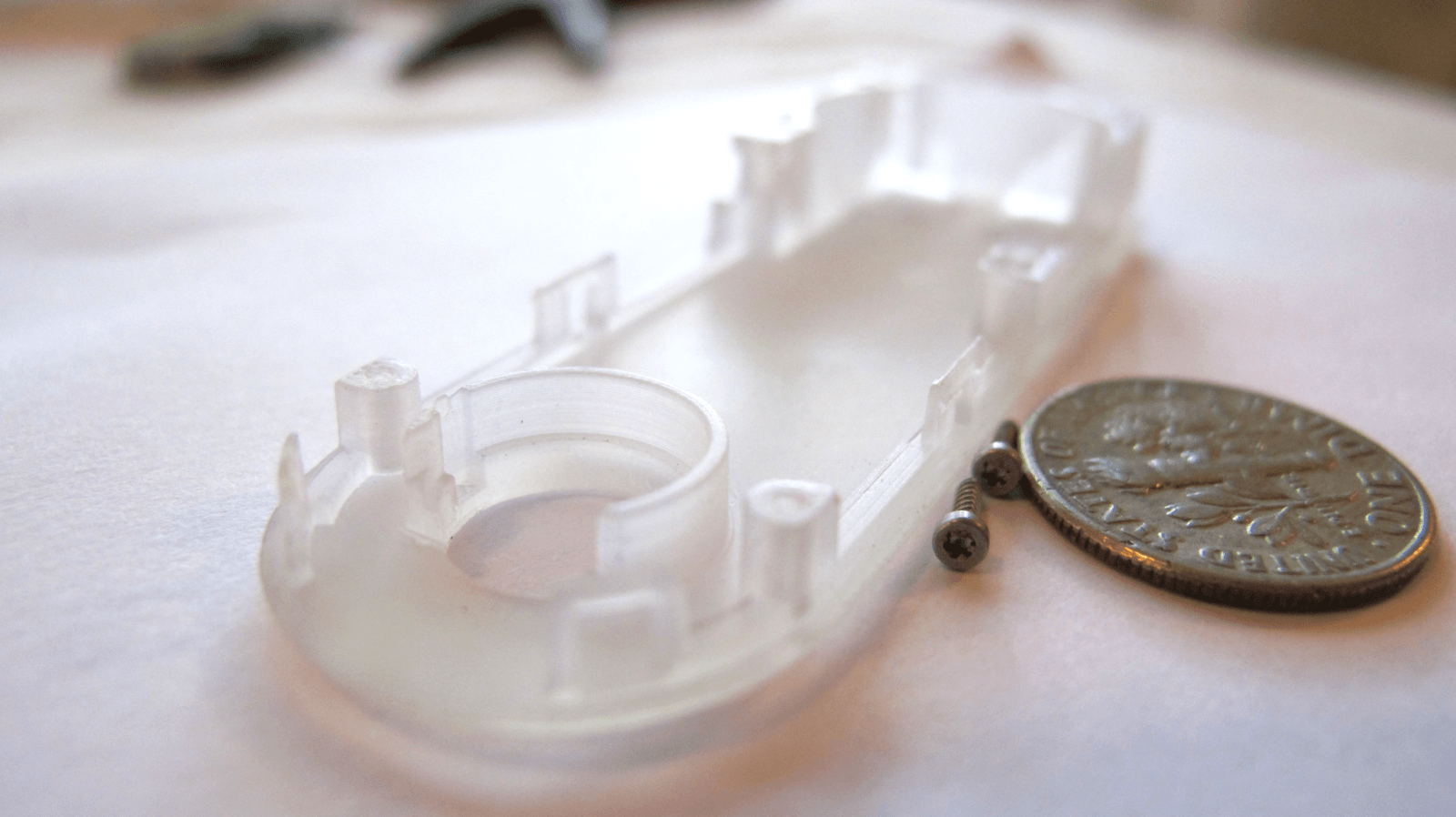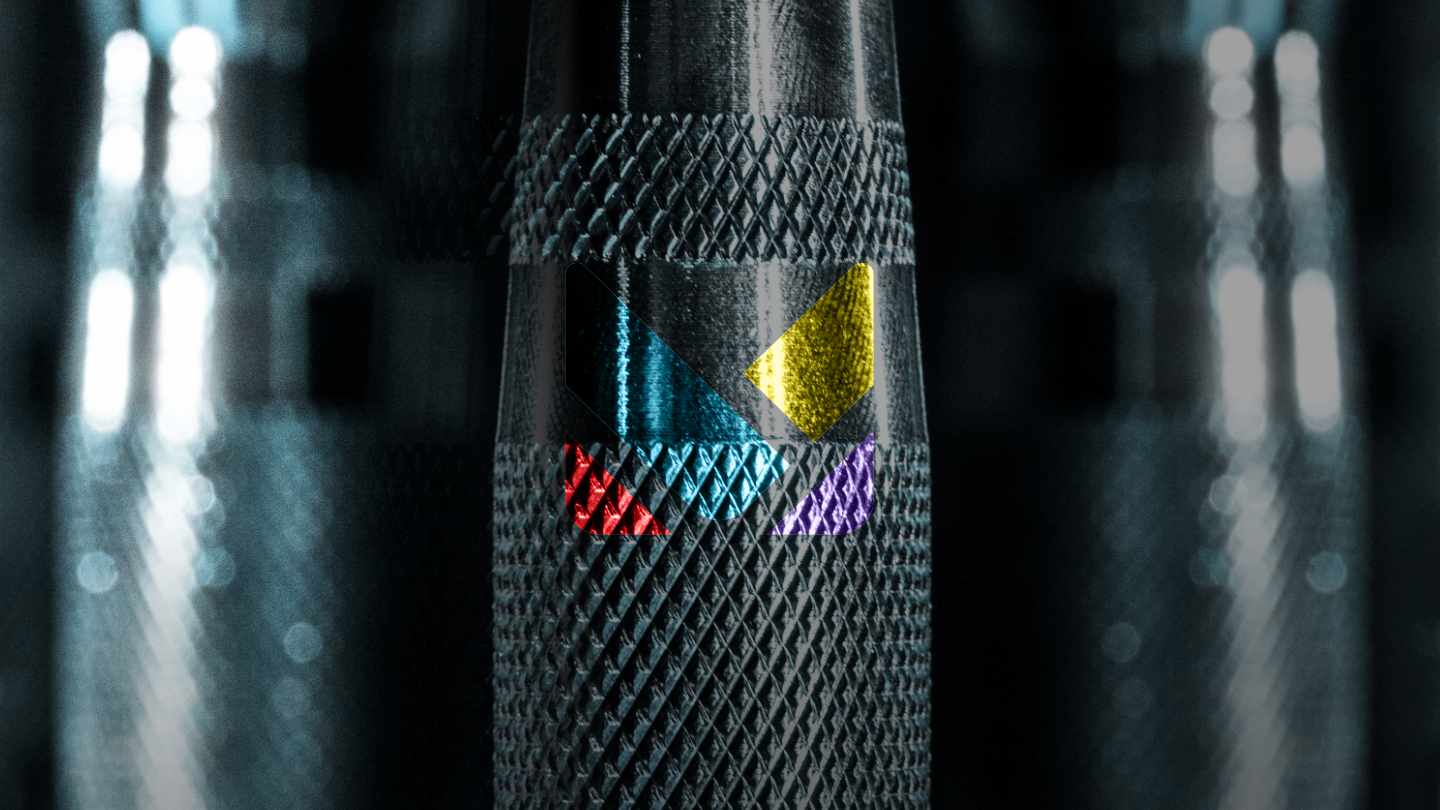
The Purpose of Design & Engineering Work
It’s incredible how many engineers and designers spend their entire careers completely missing their purpose and mission in the workplace. Throughout my career, not a single director, VP, or executive ever discussed what the purpose of my work was beyond the immediate problem to solve or the larger context of the mission of the company. The fundamentals of business, finance, sales, and profitability were never discussed.
If a solution was viable from a functional and performance context, we ran with it full-speed ahead, and when the manufacturer would try to help us reduce costs, we didn’t listen. Tight tolerances only ensured our solutions had a better chance of actually working at the consequence of higher costs for our employers to cover. It was our responsibility to engineer a solution and then, find someone who would manufacture it at a price lower than its competitors. If that was too much, then we would loop back and try to figure out how to do it for less or take a completely different approach that is more cost-effective.
The whole process was backwards and hence engineers and designers work their entire careers never truly understanding their purpose in the workplace.
I remember when we released the Tesla Roadster in 2008 and we were selling it for less than we could make it? How does that even happen? Well, it happens all the time actually. From Applied Materials to SGI, to JDSU, to Tesla Motors…they all foster terrible DFM (Design for Manufacturability) habits that stifle engineer’s careers while kicking the can down the road to the manufacturer. Now, with Additive Manufacturing (3D Printing) on the scene, a technology that can make just about anything, the problem is further exacerbated for young engineers and designers completely missing the purpose of their work.
The main reason why little time is spent on cost reduction upfront is that the problems presented are tough to solve in the first place and it makes the problem more difficult to solve; it creates friction. Solving the problem is prioritized and if it’s expensive to manufacture, they just bump up the price tag and conjure up a marketing rationale to justify it. Interestingly, this is where patents and IP come into play as well. They exacerbate the poor habit of engineering solutions that are expensive to manufacture because the IP enables a high price point to cover the costs and squeeze out a narrow margin.
It’s sad, because all these great ideas with IP could have much higher margins in profitability if they were conceptualized, from the beginning with sound DFM practices.
Lastly, very few tools and engineered solutions are manufactured in high volume to actualize DFM savings anyway. They never reach production and hence DFM is perceived as an unnecessary step that slows the development cycle time down. If it’s in-house equipment, fixturing, tools, etc., then paying a high price is accepted because it costs more to pay the engineers and designers for cost-reduction work than the savings gained.
Hence, an entire western world of engineers and designers develop expensive solutions, ingrain poor design habits, and continue the vicious cycle with every new design from the very beginning, while ironically shopping around for the lowest-priced competitors in the end.
That is why China has become such a manufacturing go-to powerhouse; its tough to compete with sweatshop labor rates. If you want it to be, “Made in the USA”, your DFM better be world-class. The only way to achieve world-class DFM is if the designer/engineer or team are seasoned, have vast “hands-on” manufacturing experience, and they are conceptualizing a potential solution with strict DFM from the very beginning to fulfill their true design and engineering purpose.
Which is to make money. To make lots of money, we have to sell something for substantially less than it costs to produce it and in very high quantities. If it is not designed and engineered so manufacturers can build it cheaply and quickly, then it is impossible to make money.
The motivation for engineers and designers to relentlessly strive to save time, save money, do it cheaper, faster, and easier is that it can be quantified into dollars. Whether a company is selling 1 million windshield wiper blades or building an in-house test fixture for thermal cooling, DFM implemented upfront widens the spread of profitability and helps employers raise their bottom line.
Learn about Our 3 Axioms of DFMThe higher purpose of designers and engineers is to solve problems with clever, beautiful solutions that are inexpensive to manufacture.





